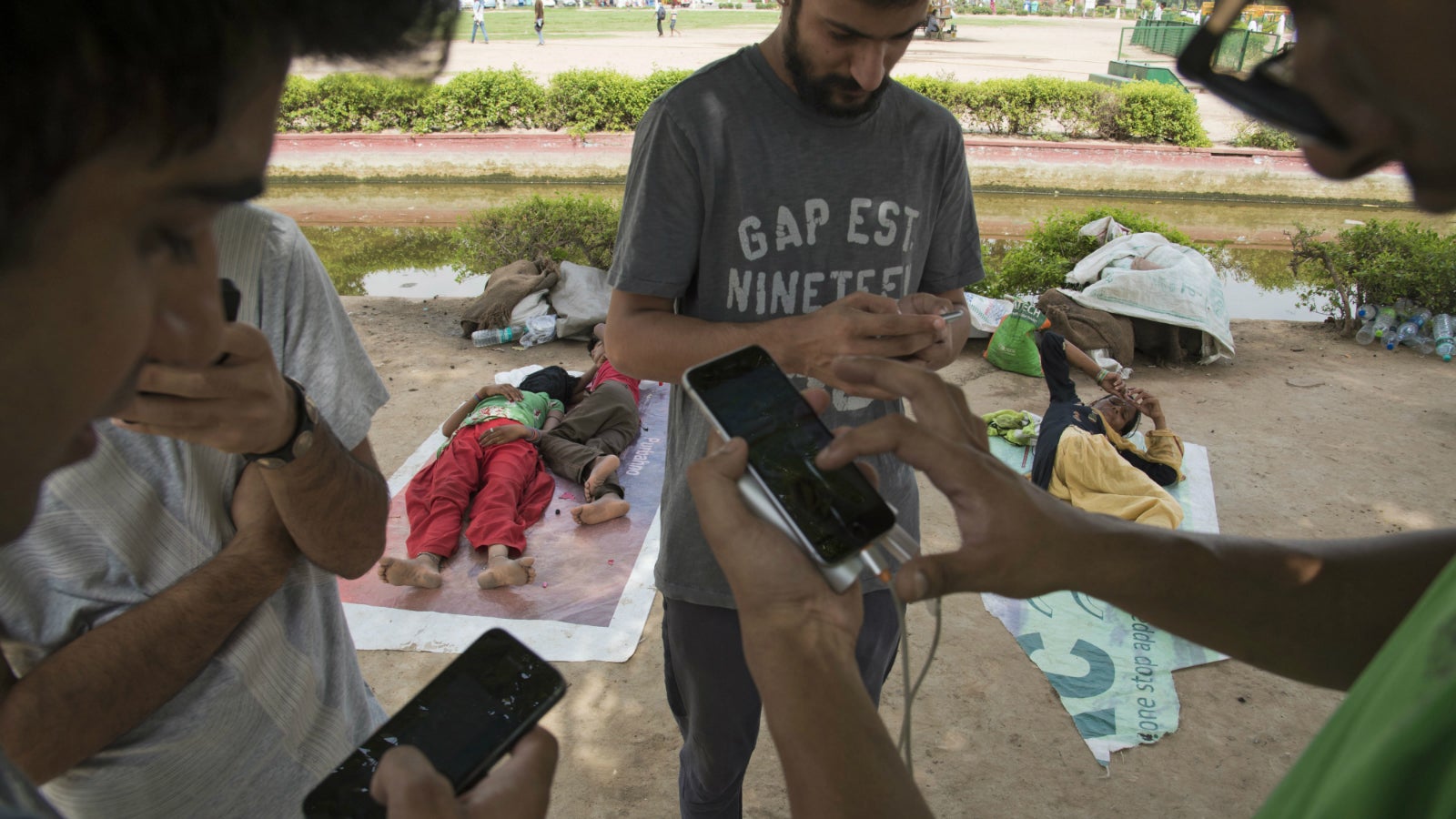Pokemon Go could teach the Indian elite how the country’s poor actually live
I spent the period between January and March reading about the rise of the welfare state in many parts of the world, especially in England, where it was cemented in the 1940s and ’50s.


I spent the period between January and March reading about the rise of the welfare state in many parts of the world, especially in England, where it was cemented in the 1940s and ’50s.
An important thread in my reading was around the evolution of a consensus—fragile and difficult, though it may have been—across conflicting sections of society.
One factor, among many, that led to the creation of the welfare state in different parts of the world was World War II. In the case of England, it brought home the fact that when the bombs fell, they would not distinguish between the rich and the poor and that everyone was in it together.
Another side-plot related to the consensus and World War II was that in September 1939, a few days before England declared war, 3.5 million children were billeted, or housed in safer places, away from the cities that could be targeted by bombers. This meant that poor London kids went to live with posh families in rural England and so on.
Among them were children who refused to drink milk, because they had seen a cow being milked and thought it was urine. Other children were unaccustomed to using toilets so they would soil the carpets of the affluent. For the first time, England’s rich encountered the conditions of the poor, and to some extent, this helped them develop empathy towards their condition.
Closer home
In theory, India is a welfare state, one in which the government is to play a key role in the well-being of the people through provisions regarding health, education, and the like.
However, the hostile atmosphere in which the debate on a welfare state in India is conducted is quite striking. The lack of empathy among the powerful elite is bewildering—for instance, most recently, viewers and readers accused the media of politicising the issue when they reported on Dalit atrocities in Una, Gujarat, where four tanners had been publicly flogged by self-styled cow-protection vigilantes.
I wondered about this lack of empathy among the Indians who have made it towards those who are struggling.
One reason for this seems to be that they are shielded from the harsh reality of a large part of the population.
We live in our busy little bubbles. The media, caught in the race for TRPs and controlled by corporations, is not able to adequately perform the role of information sharing. Social media, which can potentially be more democratic, is sadly not within the reach of ordinary people. I was stuck by one remark in the book No Place to Hide by Glenn Greenwald on the American whistleblower Edward Snowden. Greenwald says that for Snowden (and, apparently, for others in his generation), video games have played an important role in the development of a moral compass.
Game on
When Pokémon Go—a“location-based, augmented reality game” in which players are alerted to virtual Pokémon characters in their vicinity using GPS—hit the headlines and generated wide discussion, I wondered: couldn’t the developers use the game to draw privileged Indians out of their air-conditioned bubbles and be forced to confront an ordinary Indian’s life?
Couldn’t the characters be hiding in bastis and settlements rather than in Delhi’s malls, forcing players to (wait-wait-wait) for DTC buses to get there and walk among basti residents as they queue up for water suppliers? Or maybe, Ivysaur could be tucked under one of Delhi’s flyovers so that players can see the variety of people and activities they shelter?
What if a judge (who is hooked to Pokémon Go) could be dragged to a public distribution system outlet to catch Butterfree so that he can see that biometric authentication based on Aadhar numbers, instead of reducing corruption in the system, is actually opening the doors to it?
Couldn’t Charmander appear in a local anganwadi, say, in Odisha, where children are fed nutritious eggs and provided pre-school education?
In Uttar Pradesh, Zizagoon could hide in a local government school, where a privileged Pokémon Go player shows up to see a teacher pacing around the classroom, a cane in hand, or where a Dalit child is beaten up without reason.
What if Pumpkaboo and Gourgeist were to sit in a field levelled by labourers who worked under the Mahatma Gandhi National Rural Employment Guarantee scheme, so that gamers may see that “gaddhe khodna” (or digging holes, a term that prime minister Narendra Modi had used last year to criticise the United Progressive Alliance’s flagship scheme) can be productive in some contexts?
The lives of others
The possibilities are endless. These are just some of the experiences in store for privileged people if the game was slightly tweaked. In some places, we would see how government interventions are working, and in others, they might be a disaster.
Many members of online troll armies feel embittered and cheated as tax-payers. As the trolls try to swell their armies in search for Pikachu, they may have a chance to see that sometimes, tax money is put to good use. And when it isn’t, who knows, this may compel them to engage in more constructive ways.
Though the social media campaign by Syrian activists to tap into the popularity of Pokémon Go may not to go too far in saving the war-torn country’s children—the economic interests in dropping bombs are stacked high against Syrian babies—perhaps the game may help in pushing some Indians out of their cosy cocoons.
Could Pokémon Go do for us in contemporary India what the billeting of kids did for England during the Second World War?
This post first appeared on Scroll.in. We welcome your comments at ideas.india@qz.com.